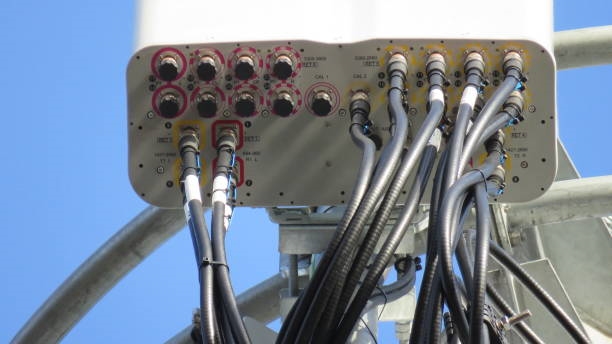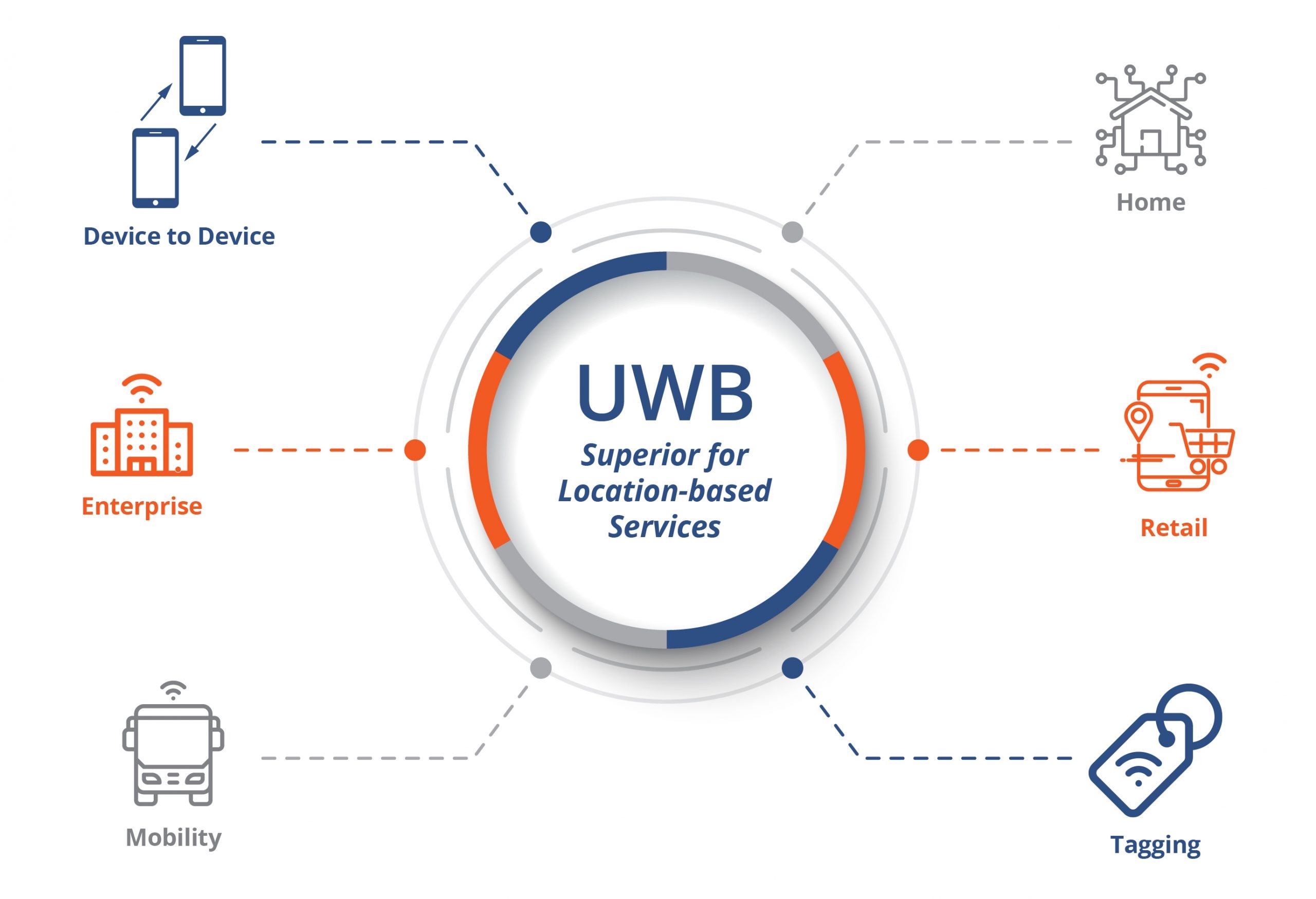Suffixes and their meanings
Review of suffixes used in previous chapters:
- No suffix: single carrier
- A: carrier aggregation (CA)
- B: dual connectivity (DC)
- C: supplementary uplink (SUL)
- D: uplink MIMO (UL MIMO)
- E: V2X
- F: shared spectrum channel access
- G: transmit diversity (TxD)
- I: RedCap
Chapters in section 6.5 previously covered single-carrier transmissions. Section 6.5A corresponds to CA. Before studying CA transmissions, it is necessary to clarify which frequency bands CA can use, how component carriers can be combined, and how CA bandwidth is defined.
1. CA band combinations
3GPP defines FR1 bands from n1 to n101, a total of 53 bands.
CA configurations are categorized as follows:
- Intra-band contiguous CA: a single operating band that supports a CA bandwidth class.
- Intra-band non-contiguous CA: a single operating band that supports two or more sub-blocks, each sub-block supporting a CA bandwidth class.
- Inter-band CA: a combination of operating bands, each band supporting a CA bandwidth class.
Intra-band contiguous CA
Available bands for intra-band contiguous CA include: CA_n40, CA_n41, CA_n46, CA_n48, CA_n66, CA_n77, CA_n78, CA_n79.
The specific combinations vary by band. Below is the table for the Chinese market bands n41, n78 and n79 showing intra-band contiguous CA combinations and maximum aggregated bandwidth. Note that DL CA and UL CA configurations differ. CA requires more than one aggregated carrier, but CA can be applied only to downlink while uplink remains single carrier, or CA can be supported on both uplink and downlink with the same or different configurations.
Suffixes such as B, C, D after a band number (for example n78D) denote NR CA bandwidth classes. For example, class D indicates aggregated bandwidth greater than 200 MHz and up to 3 × BWChannel,max. CA bandwidth definitions are detailed in the tables below.
Intra-band non-contiguous CA
Available bands for intra-band non-contiguous CA include: CA_n2, CA_n48, CA_n66, CA_n71, CA_n77, CA_n78.
The specific combinations vary; the table below lists combinations. For intra-band non-contiguous CA, except for n77 there are not yet uplink CA definitions for the other bands. In the notation (2A) and (3A), the numbers 2 and 3 indicate the number of non-contiguous component carriers.
Inter-band CA
Inter-band CA combinations are defined for pairs, triplets, and quadruplets of bands. Typical dual-band CA pairs combine one low band (700 MHz to 3 GHz) with one mid band (3 GHz to 5 GHz), although some pairs use two mid bands such as n78-n79.
Examples of defined dual-band combinations include:
CA_n1-n3, CA_n1-n8, CA_n1-n28, CA_n1-n77, CA_n1-n78, CA_n1-n79, CA_n2-n5, CA_n2-n14, CA_n2-n48, CA_n2-n66, CA_n2-n77, CA_n3-n5, CA_n3-n8, CA_n3-n28, CA_n3-n41, CA_n3-n77, CA_n3-n78, CA_n5-n7, CA_n5-n48, CA_n5-n66, CA_n5-n77, CA_n5-n78, CA_n7-n78, CA_n8-n78, CA_n14-n30, CA_n14-n66, CA_n14-n77, CA_n20-n78, CA_n24-n41, CA_n24-n48, CA_n24-n77, CA_n25-n66, CA_n25-n77, CA_n25-n78, CA_n25-n46, CA_n26-n66, CA_n26-n70, CA_n28-n41, CA_n28-n77, CA_n28-n78, CA_n28-n79, CA_n29-n66, CA_n29-n70, CA_n29-n71, CA_n39-n41, CA_n41-n66-n71, CA_n41-n79, CA_n46-n48, CA_n46-n66, CA_n48-n66, CA_n48-n70, CA_n48-n71, CA_n48-n77, CA_n66-n70, CA_n66-n71, CA_n66-n77, CA_n66-n78, CA_n70-n71, CA_n71-n77, CA_n77-n79, CA_n78-n79.
Full configuration tables are extensive. As an example of a configuration with CA on both uplink and downlink, see the n1-n78 example below.
Three-band CA
Examples of three-band CA combinations include:
CA_n1-n3-n28, CA_n1-n3-n78, CA_n1-n78-n79, CA_n2-n5-n48, CA_n2-n5-n77, CA_n2-n48-n66, CA_n2-n48-n77, CA_n2-n66-n77, CA_n3-n28-n41, CA_n3-n28-n77, CA_n3-n28-n78, CA_n5-n48-n66, CA_n5-n48-n77, CA_n5-n66-n77, CA_n25-n66-n77, CA_n25-n66-n78, CA_n26-n66-n70, CA_n28-n41-n79, CA_n29-n66-n70, CA_n41-n66-n71, CA_n48-n66-n70, CA_n48-n66-n71, CA_n48-n66-n77, CA_n48-n70-n71, CA_n66-n70-n71.
Four-band CA
Examples of four-band CA combinations include:
CA_n1-n3-n28-n78, CA_n2-n5-n48-n66, CA_n2-n5-n48-n77, CA_n2-n5-n66-n77, CA_n2-n48-n66-n77, CA_n5-n48-n66-n77.
2. How CA bandwidth is calculated
For maximum transmission bandwidth configuration, intra-band CA (contiguous or non-contiguous) follows the same requirements as single carrier; for inter-band CA, each component carrier's bandwidth must be considered separately and each component carrier follows the single-carrier requirements.
Actual occupied aggregated CA bandwidth
Calculation methods:
- Intra-band contiguous CA: aggregated channel bandwidth BWChannel_CA is defined as BWChannel_CA = F_edge,high - F_edge,low (MHz). Since carriers are contiguous, the aggregated bandwidth equals the highest edge minus the lowest edge.
- Intra-band non-contiguous CA: because carriers are non-contiguous, evaluate the bandwidth of each contiguous sub-block independently; each sub-block's bandwidth is calculated as for contiguous CA.
For intra-band non-contiguous CA, frequency separation levels (Fs) are specified. Fs indicates the maximum frequency span between the lowest edge of the lowest component carrier and the highest edge of the highest component carrier that a given band combination can support when dual PA architecture IE signaling is absent and the UE operates in non-contiguous uplink within the band.
The following table defines a single operating band that supports two or more sub-blocks for intra-band non-contiguous CA. It lists the NR CA bandwidth classes supported by each sub-block. Different bandwidth classes correspond to aggregated bandwidths, the number of contiguous carriers, and fallback groups. A UE must be able to fall back to a lower NR CA bandwidth class within the same fallback group, but it is not required to fall back to a lower NR CA bandwidth class belonging to a different fallback group.

For inter-band CA, the CA configuration is a combination of multiple operating bands; each band supports one CA bandwidth class as defined above.
 ALLPCB
ALLPCB







